Repost: On the Viability of EVPN
Jordi left an interesting comment to my EVPN/VXLAN or Bridged Data Center Fabrics blog post discussing the viability of using VXLAN and EVPN in times when the equipment lead times can exceed 12 months. Here it is:
Interesting article Ivan. Another major problem I see for EPVN, is the incompatibility between vendors, even though it is an open standard. With today’s crazy switch delivery times, we want a multi-vendor solution like BGP or LACP, but EVPN (due to vendors) isn’t ready for a multi-vendor production network fabric.
Repost: On the Viability of EVPN
Jordi left an interesting comment to my EVPN/VXLAN or Bridged Data Center Fabrics blog post discussing the viability of using VXLAN and EVPN in times when the equipment lead times can exceed 12 months. Here it is:
Interesting article Ivan. Another major problem I see for EPVN, is the incompatibility between vendors, even though it is an open standard. With today’s crazy switch delivery times, we want a multi-vendor solution like BGP or LACP, but EVPN (due to vendors) isn’t ready for a multi-vendor production network fabric.
SD-WAN transport-side BGP
The majority of Cisco SD-WAN guides and posts I have found use static routing rather than routing protocols on the transport-side. Static routes are all very well for SD-WAN tunnel traffic but I was wanting to understand how you equate for DIA traffic in a more real-life situation where address ranges are advertised via BGP.
AWS IPSEC Site-to-Site VPN
Notes
https://meteor-honeycup-16b.notion.site/Site-to-Site-VPN-144441a6ac0b4e39a514adc67a8348d5 — This will be updated frequently and has the entire notes on the topics
Intro
- VPN — Virtual Private Network, often used to communicate securely over untrusted networks like the internet.
- IPSEC is the protocol which is used for securing the data. Some other tunnelling protocols and frameworks are GRE, DMVPN, Wireguard etc
- Two types of VPNs — Site-to-Site other is Client-to-site /Remote Access VPN, this lab will be a site-to-site VPN.
- Site-to-Site, as the name suggests usually connects two sites and a Site is typically referred to as a group of devices in a Data-Center. Site-to-Site will enable two sites separated from the internet to communicate privately and securely over the internet.
Site-to-Site
- Think along the lines of two boundary devices which encrypt and decrypt LAN traffic
- Design Redundancy and Scalability along these lines for these two end-points
- It is important to note that you can have VPN to access any services within your VPC as VPC can be visualised as a virtual Data-Center and thus you can not have a VPN for a service like S3 which is a public offering and can be reached via the Internet

Let’s imagine you have built your Continue reading
Intelligence and Wisdom

I spent the last week at the Philmont Leadership Challenge in beautiful Cimarron, NM. I had the chance to learn a bit more about servant leadership and work on my outdoor skills a little. I also had some time to reflect on an interesting question posed to me by one of the members of my crew.
He asked me, “You seem wise. How did you get so wise?” This caught me flat-flooted for a moment because I’d never really considered myself to be a very wise person. Experienced perhaps but not wise like Yoda or Gandalf. So I answered him as I thought more about it.
Intelligence is knowing what to do. Wisdom is knowing what not to do.
The more I thought about that quote the more I realized the importance of the distinction.
Basic Botany
There’s another saying that people tweeted back at me when I shared the above quote. It’s used in the context of describing Intelligence and Wisdom for Dungeons and Dragons roleplaying:
Intelligence is knowing that a tomato is a fruit. Wisdom is not putting tomatoes in a fruit salad.
It’s silly and funny but it gets right to the point and is a Continue reading
Where are the Apps in ‘Adaptive Apps?’
App delivery and security have typically been afterthoughts. Adaptive apps try to address these issues to ensure application availability and security.The first Zero Trust SIM
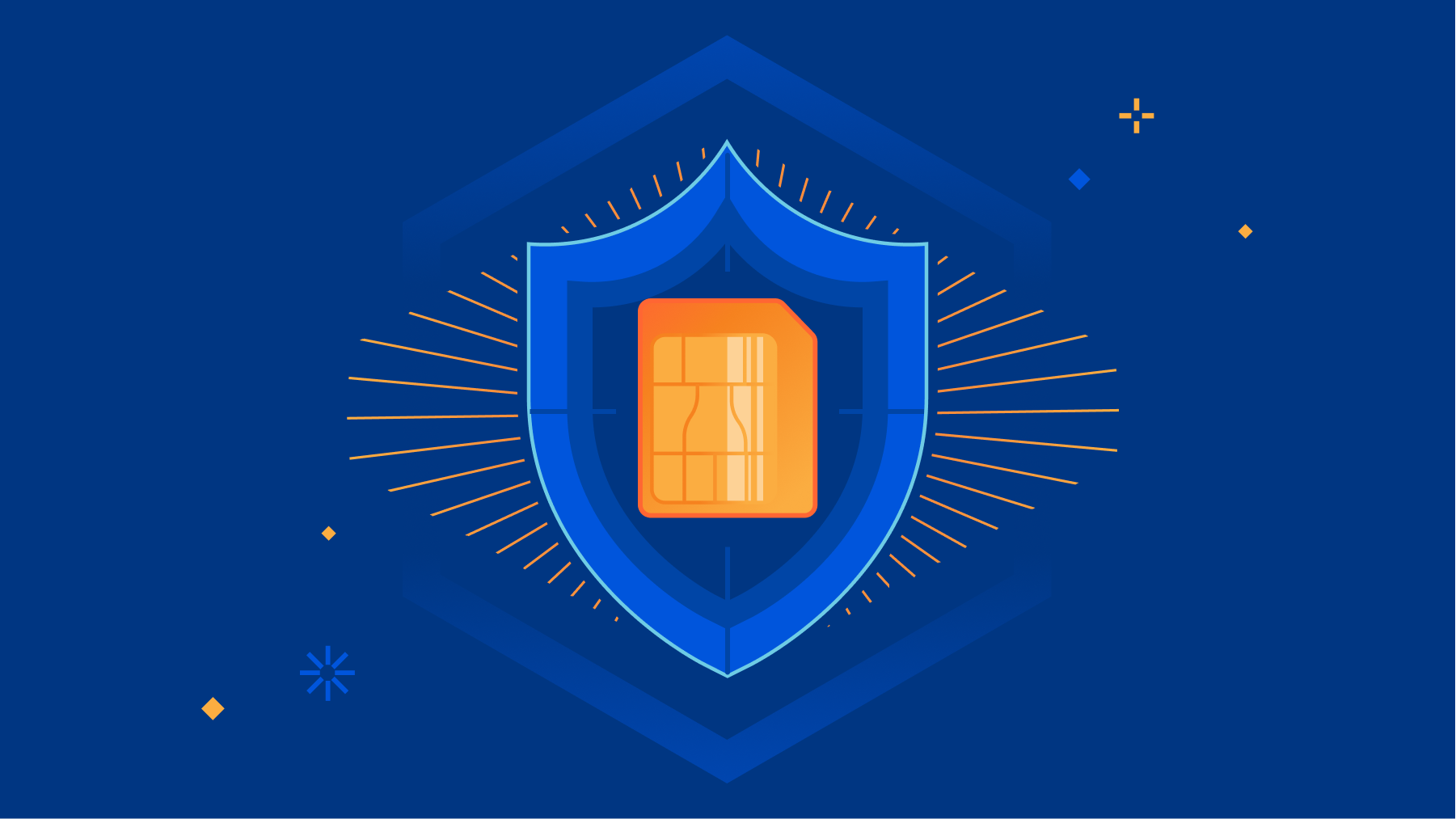
This post is also available in Deutsch, Français and Español.
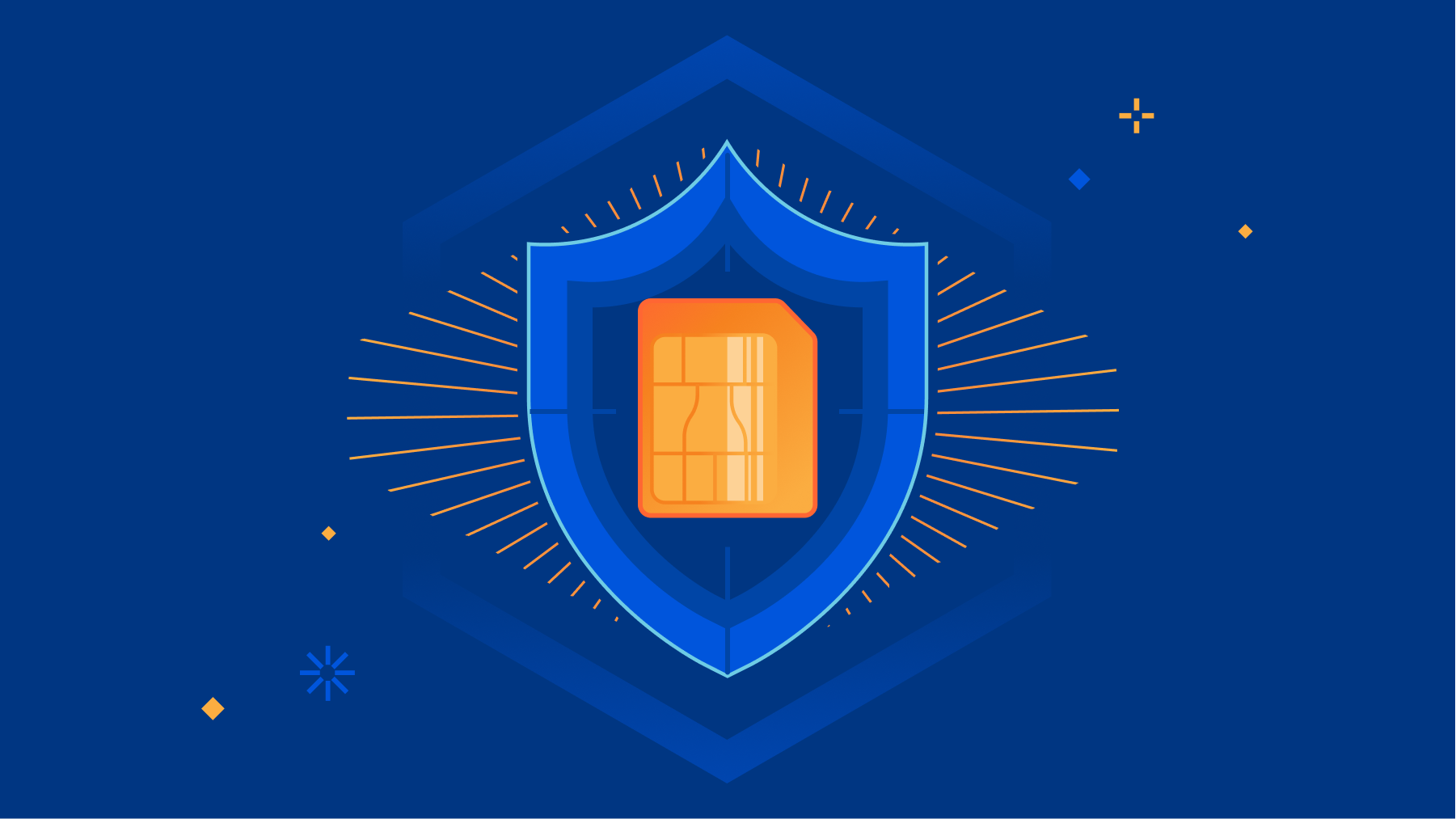
The humble cell phone is now a critical tool in the modern workplace; even more so as the modern workplace has shifted out of the office. Given the billions of mobile devices on the planet — they now outnumber PCs by an order of magnitude — it should come as no surprise that they have become the threat vector of choice for those attempting to break through corporate defenses.
The problem you face in defending against such attacks is that for most Zero Trust solutions, mobile is often a second-class citizen. Those solutions are typically hard to install and manage. And they only work at the software layer, such as with WARP, the mobile (and desktop) apps that connect devices directly into our Zero Trust network. And all this is before you add in the further complication of Bring Your Own Device (BYOD) that more employees are using — you’re trying to deploy Zero Trust on a device that doesn’t belong to the company.
It’s a tricky — and increasingly critical — problem to solve. But it’s also a problem which we think we can help with.
What Continue reading
Bringing Zero Trust to mobile network operators
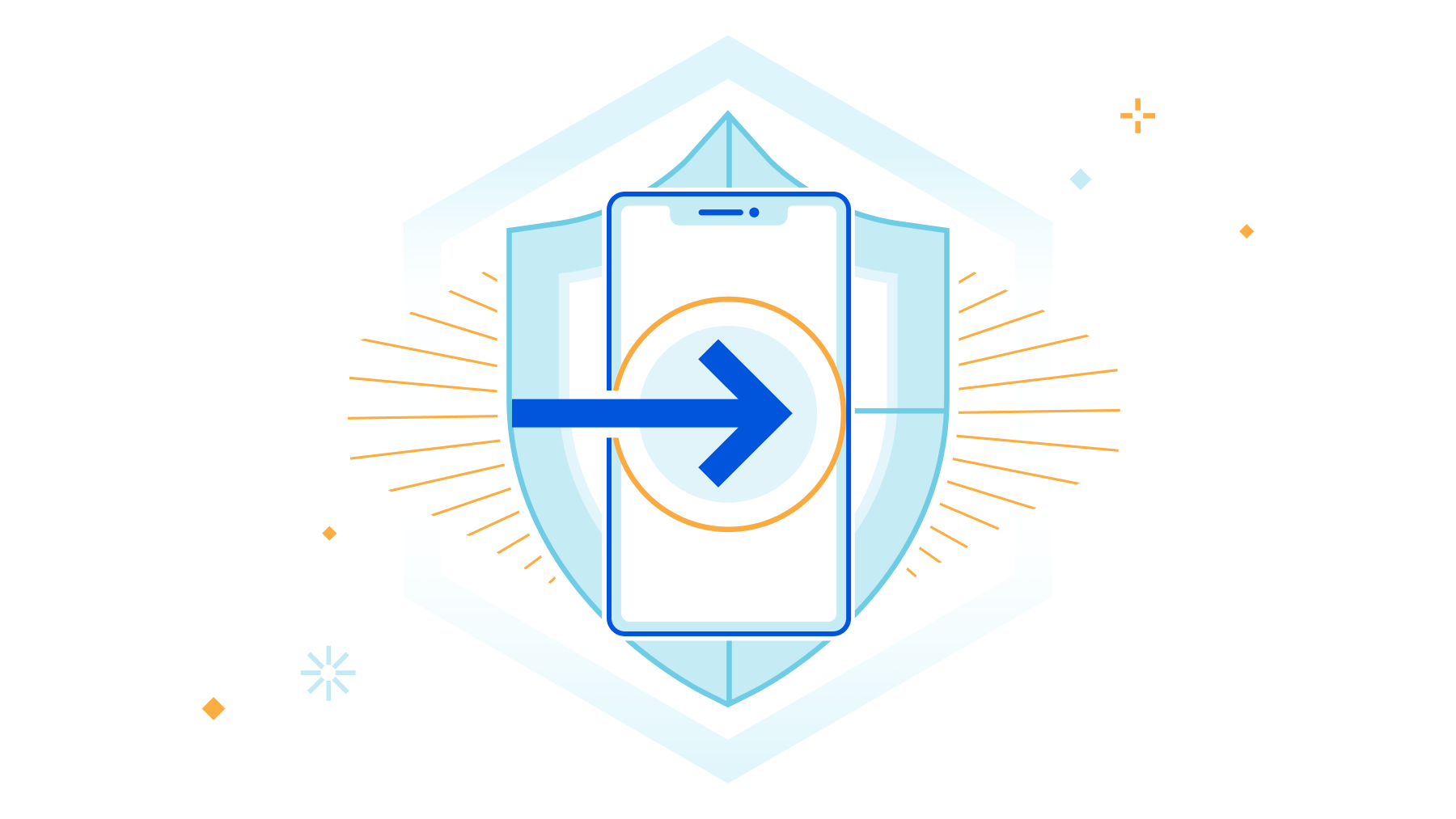
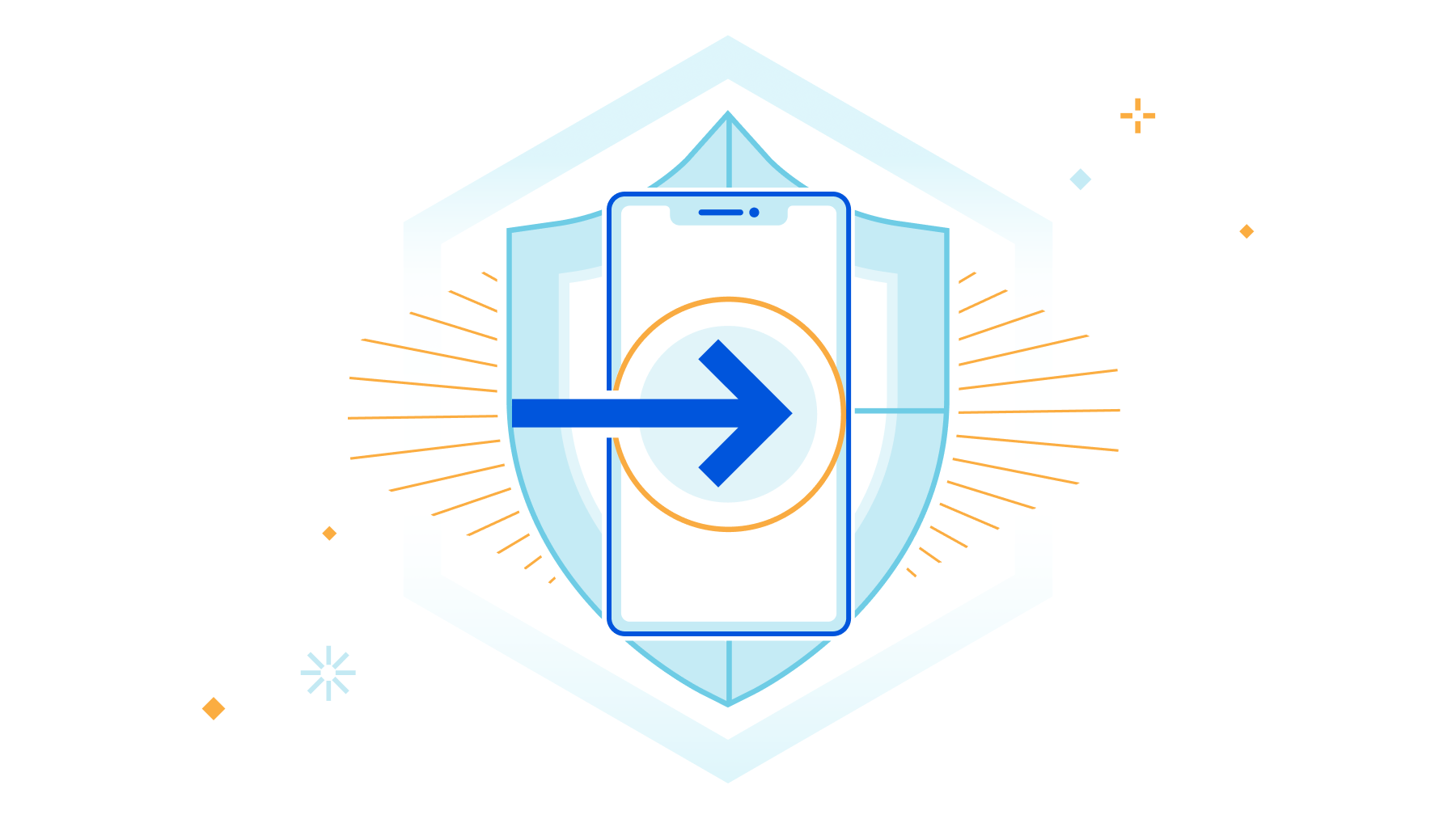
At Cloudflare, we’re excited about the quickly-approaching 5G future. Increasingly, we’ll have access to high throughput and low-latency wireless networks wherever we are. It will make the Internet feel instantaneous, and we’ll find new uses for this connectivity such as sensors that will help us be more productive and energy-efficient. However, this type of connectivity doesn’t have to come at the expense of security, a concern raised in this recent Wired article. Today we’re announcing the creation of a new partnership program for mobile networks—Zero Trust for Mobile Operators—to jointly solve the biggest security and performance challenges.
SASE for Mobile Networks
Every network is different, and the key to managing the complicated security environment of an enterprise network is having lots of tools in the toolbox. Most of these functions fall under the industry buzzword SASE, which stands for Secure Access Service Edge. Cloudflare’s SASE product is Cloudflare One, and it’s a comprehensive platform for network operators. It includes:
- Magic WAN, which offers secure Network-as-a-Service (NaaS) connectivity for your data centers, branch offices and cloud VPCs and integrates with your legacy MPLS networks
- Cloudflare Access, which is a Zero Trust Network Access (ZTNA) service requiring strict verification for every Continue reading
Securing the Internet of Things
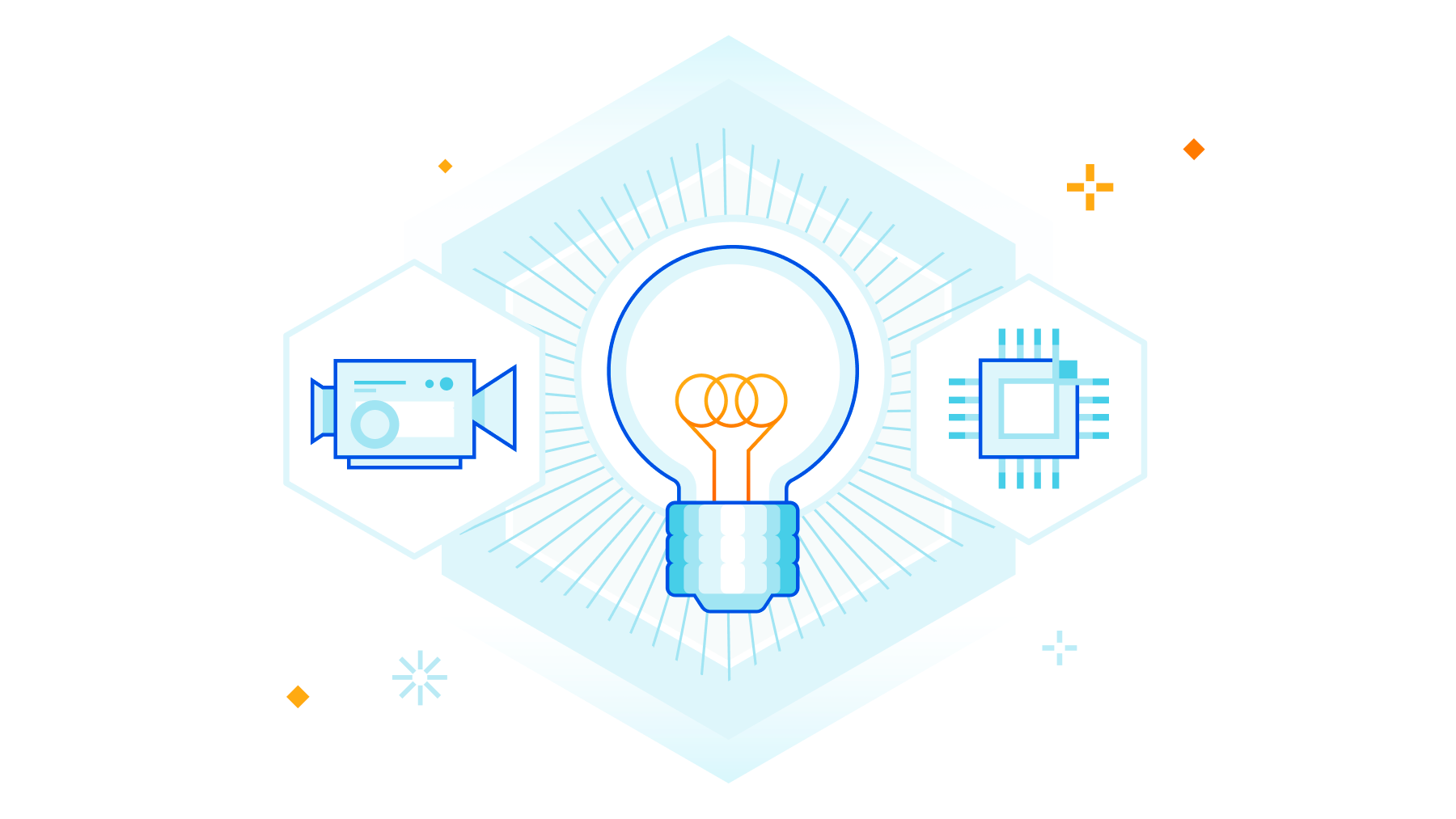
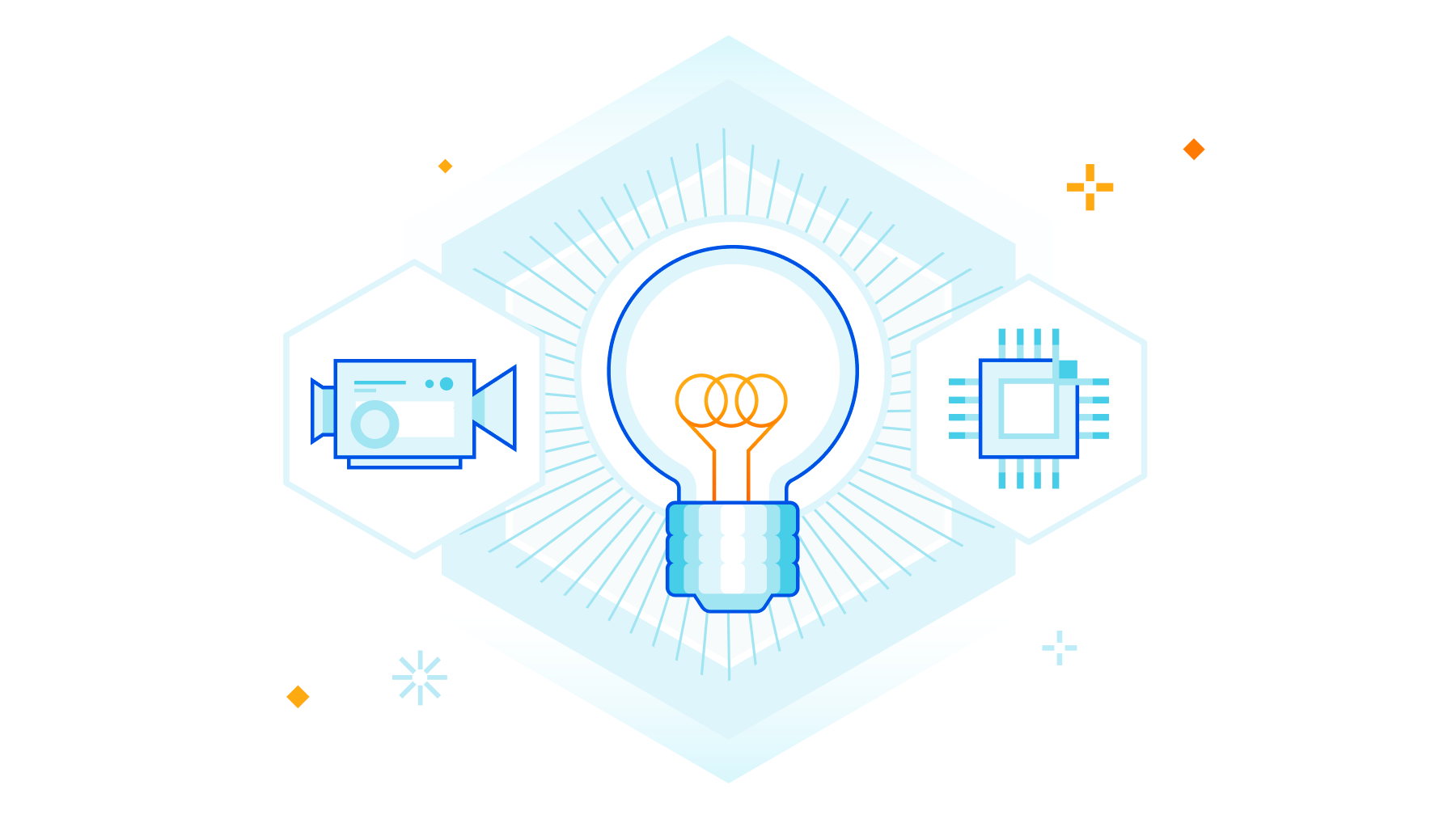
It’s hard to imagine life without our smartphones. Whereas computers were mostly fixed and often shared, smartphones meant that every individual on the planet became a permanent, mobile node on the Internet — with some 6.5B smartphones on the planet today.
While that represents an explosion of devices on the Internet, it will be dwarfed by the next stage of the Internet’s evolution: connecting devices to give them intelligence. Already, Internet of Things (IoT) devices represent somewhere in the order of double the number of smartphones connected to the Internet today — and unlike smartphones, this number is expected to continue to grow tremendously, since they aren’t bound to the number of humans that can carry them.
But the exponential growth in devices has brought with it an explosion in risk. We’ve been defending against DDoS attacks from Internet of Things (IoT) driven botnets like Mirai and Meris for years now. They keep growing, because securing IoT devices still remains challenging, and manufacturers are often not incentivized to secure them. This has driven NIST (the U.S. National Institute of Standards and Technology) to actively define requirements to address the (lack of) IoT device security, and the EU Continue reading
Network Break 400: Ex-Cisco CEO Launches Network Startup; The Persistence Of Floppy Disks
This week's Network Break podcast covers a startup backed by ex-Cisco CEO John Chambers, US federal agencies wanting service providers to get serious about BGP security, SASE growing 30% in a quarter, a thriving floppy disk business, and more IT news.
The post Network Break 400: Ex-Cisco CEO Launches Network Startup; The Persistence Of Floppy Disks appeared first on Packet Pushers.
Network Break 400: Ex-Cisco CEO Launches Network Startup; The Persistence Of Floppy Disks
This week's Network Break podcast covers a startup backed by ex-Cisco CEO John Chambers, US federal agencies wanting service providers to get serious about BGP security, SASE growing 30% in a quarter, a thriving floppy disk business, and more IT news.Tech Bytes: Palo Alto Networks Enhances AIOps For Prisma SD-WAN (Sponsored)
Today on the Tech Bytes podcast we talk with sponsor Palo Alto Networks about the latest AI Ops features for SD-WAN. AI Ops analyzes network data and then recommends fixes for probems, a capability that's becoming increasingly necessary as network complexity grows to encompass underlays, overlays, on and off-prem cloud destinations, remote working, and more.
The post Tech Bytes: Palo Alto Networks Enhances AIOps For Prisma SD-WAN (Sponsored) appeared first on Packet Pushers.
Tech Bytes: Palo Alto Networks Enhances AIOps For Prisma SD-WAN (Sponsored)
Today on the Tech Bytes podcast we talk with sponsor Palo Alto Networks about the latest AI Ops features for SD-WAN. AI Ops analyzes network data and then recommends fixes for probems, a capability that's becoming increasingly necessary as network complexity grows to encompass underlays, overlays, on and off-prem cloud destinations, remote working, and more.netlab VXLAN Bridging Example
netlab release 1.3 introduced support for VXLAN transport with static ingress replication. Time to check how easy it is to replace a VLAN trunk with VXLAN transport. We’ll use the lab topology from the VLAN trunking example, replace the VLAN trunk between S1 and S2 with an IP underlay network, and transport Ethernet frames across that network with VXLAN.

Lab topology
netlab VXLAN Bridging Example
netlab release 1.3 introduced support for VXLAN transport with static ingress replication. Time to check how easy it is to replace a VLAN trunk with VXLAN transport. We’ll use the lab topology from the VLAN trunking example, replace the VLAN trunk between S1 and S2 with an IP underlay network, and transport Ethernet frames across that network with VXLAN.

Lab topology
Fragmentation
One of the discussion topics at the recent ICANN 75 meeting was an old favourite of mine, namely the topic of Internet Fragmentation. Here, I’d like to explore this topic in a little more detail and look behinds the kneejerk response of declaiming fragmentation as bad under any and all circumstances. Perhaps there are more subtleties in this topic than simple judgements of good or bad.Kubernetes 002. Scaling Out Cluster and Turning It in Highly Available One
Hello my friend,
As mentioned in the previous blogpost, we continue looking into Kubernetes. In the previous blogpost we have built a simple cluster consisting of one control plane node, which is the one ruling the cluster, and two worker nodes, which are the ones hosting the customers’ workloads. Today we will add a few more nodes, both workers and control plane, to the cluster to convert it into a high available one.
2
3
4
5
retrieval system, or transmitted in any form or by any
means, electronic, mechanical or photocopying, recording,
or otherwise, for commercial purposes without the
prior permission of the author.
Are You Still Teaching Network Automation?
We absolutely are. One of the important things we have figured out is that automation is for sure the cross-platform technology. Therefore, whatever area you are coming from or heading two (networking, system administration, or cloud engineering), knowledge of automation frameworks and components, such as Ansible, Bash, Python, YAML, JSON, REST API, GRPC/GNMI is very beneficial and, in fact, is almost mandatory these days.
And in our Network Automation Trainings we have put it together in Continue reading
Cloudflare’s 2022 Annual Founders’ Letter


Cloudflare launched on September 27, 2010. This week we'll celebrate our 12th birthday. As has become our tradition, we'll be announcing a series of products that we think of as our gifts back to the Internet. In previous years, these have included products and initiatives like Universal SSL, Cloudflare Workers, our Zero Markup Registrar, the Bandwidth Alliance, and R2 — our zero egress fee object store — which went GA last week.
We're really excited for what we'll be announcing this year and hope to surprise and delight all of you over the course of the week with the products and features we believe live up to our mission of helping build a better Internet.

Founders' letter
While this will be our 12th Birthday Week of product announcements, for the last two years, as the cofounders of the company, we've also taken this time as an opportunity to write a letter publicly reflecting on the previous year and what's on our minds as we go into the year ahead.
Since our last birthday, it's been a tale of two halves of a very different year. At the end of 2021 and into the first two months Continue reading
Worth Reading: The Hierarchy Is Bullshit
Charity Majors published another masterpiece: The Hierarchy Is Bullshit (And Bad For Business).
I doubt that anyone who would need this particular bit of advice would read or follow it, but (as they say) hope springs eternal.